Teaching Animal Sounds: Fun Games and Developmental Activities for Toddlers
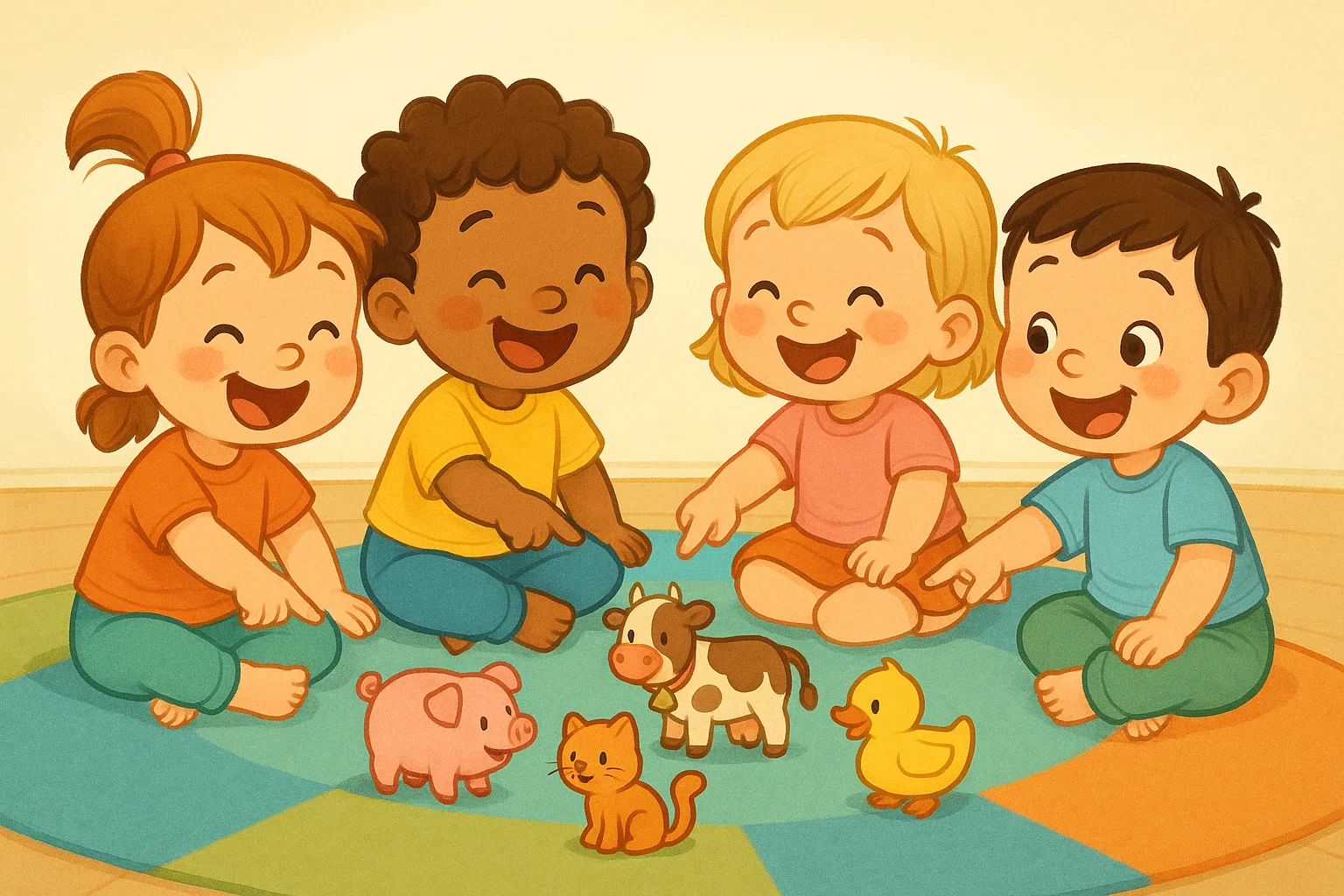
When your toddler first attempts a “moo” or “woof,” you’re witnessing more than just an adorable moment. These simple sounds represent crucial building blocks in language development, offering a natural gateway into communication that babies and toddlers instinctively love.
Teaching your child about the sounds creatures make combines entertainment with essential developmental support. Whether you’re working with a baby just beginning to babble or a preschooler ready for more complex activities, these games provide engaging opportunities to build vocabulary, encourage verbal expression, and develop listening skills.
Fun Animal Games for Building Language Skills
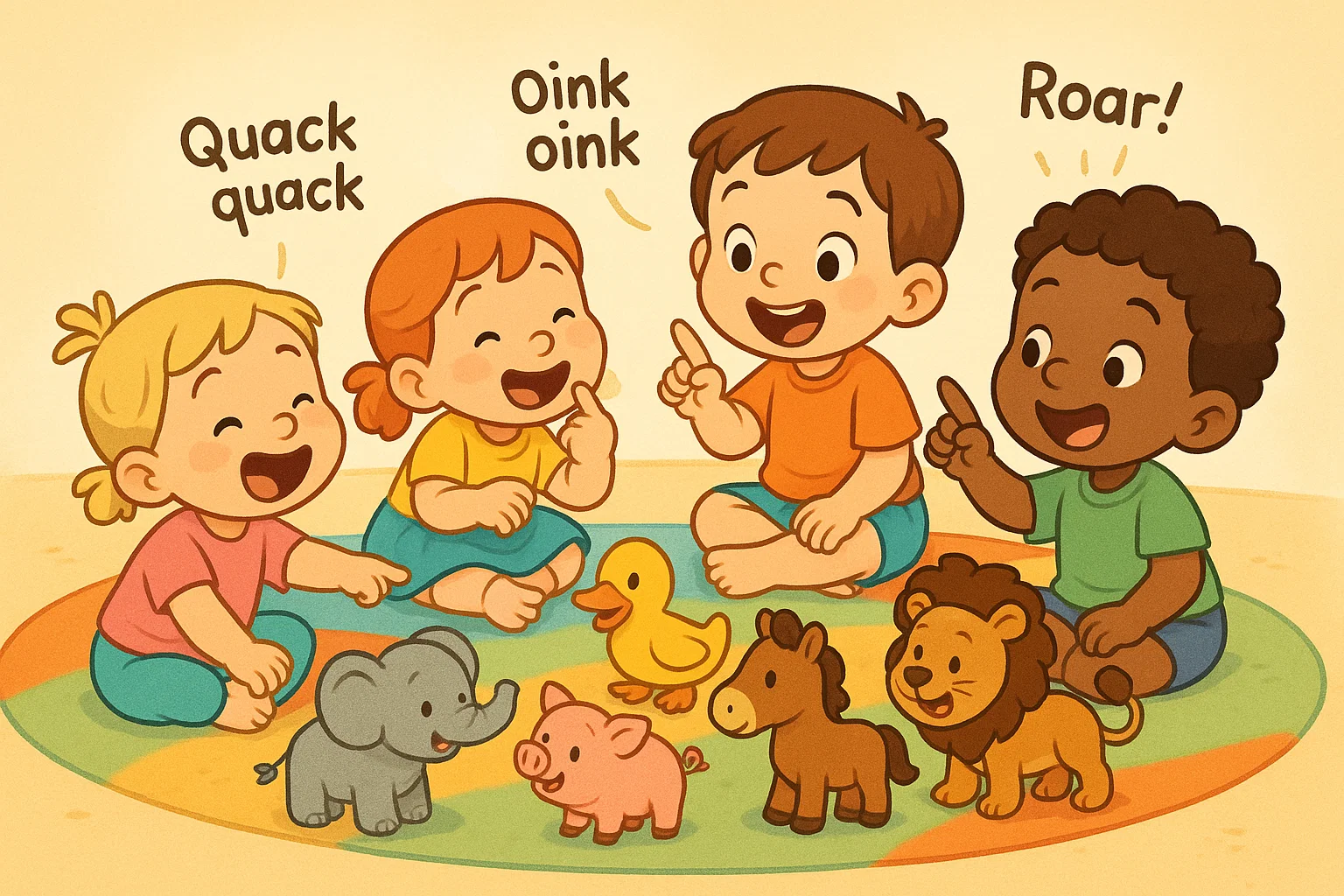
Interactive play creates the perfect environment for language learning. When you engage your little one with wildlife-themed activities, you’re helping them connect sounds with meaning while keeping their attention naturally focused.
Easy Play Ideas for Toddlers
Matching Games with animal Cards
Create or purchase simple picture cards and spread them on the floor. Say a creature’s vocalization and encourage your child to find the matching image. This activity builds memory skills while reinforcing connections between creatures and their calls. According to early childhood educators, matching games help toddlers develop categorization abilities that support cognitive development.
Sound Safari Around the House
Fill a bag with small toys or pictures of different creatures. Pull out one at a time, make its vocalization together, and place it in a designated “zoo” or “farm” area you’ve created. This simple activity can:
- Keep toddlers engaged for up to an hour
- Develop their ability to recognize different vocalizations
- Build sorting and categorization skills
- Encourage active participation and movement
Block Building with Wildlife Themes
Stack blocks and place pictures on top. When you knock down the tower together, everyone makes the vocalization of the animal that fell. This combines gross motor activity with language practice in a way that feels like pure play to your child.
How Fun Games Build Language Skills
Games centered on animal sounds work because they tap into natural learning mechanisms. When your toddler imitates a “meow” or “oink,” they’re practicing:
- Articulation: Forming different mouth shapes and vocalizations
- Phonics awareness: Understanding that sounds have meaning
- Listening skills: Distinguishing between different auditory inputs
- Turn-taking: A fundamental aspect of conversation
Speech therapy professionals often use these sounds as early intervention tools. The sounds are typically easier for young children to produce than complex words, making them ideal first steps in speech development. A child who struggles with “dog” might successfully say “woof,” experiencing the satisfaction of successful communication.
Why Kids Enjoy Animal Sounds So Much
There’s a developmental reason toddlers are naturally drawn to animal vocalizations. Unlike abstract words, these sounds are inherently playful and often exaggerated, making them more memorable and engaging for young minds. The sounds also connect to real experiences—visits to farms, pets at home, or creatures they discover in books.
Children love the predictability combined with the surprise element of which animal comes next. This balance between familiarity and novelty keeps their attention while providing repeated practice opportunities essential for language acquisition.
When Kids Begin Learning Animal Sounds
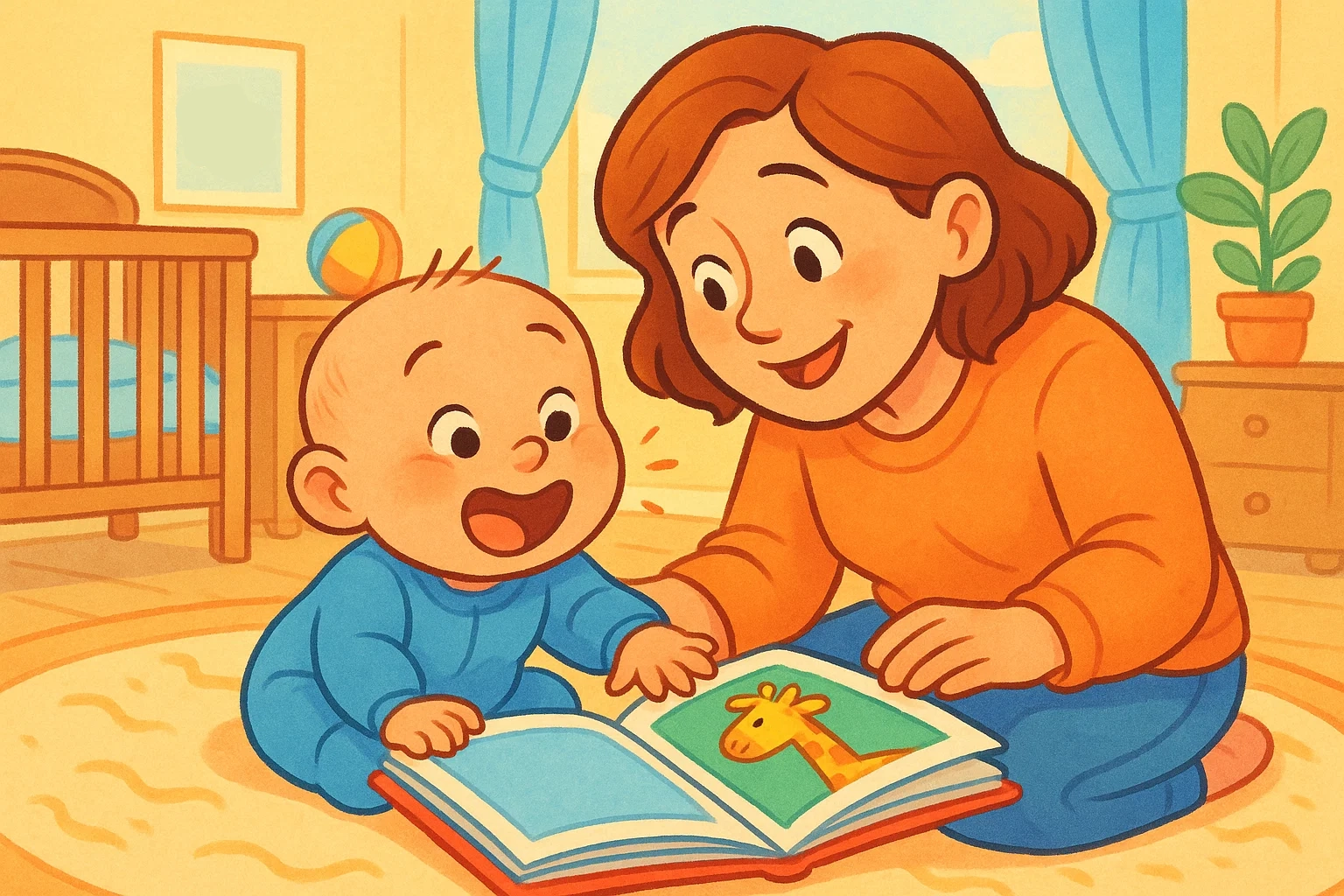
Understanding typical developmental timelines helps you set realistic expectations and identify when your child might benefit from additional support.
Developmental Milestones and Support
Most babies begin recognizing familiar sounds around 6-9 months, though they won’t reproduce them yet. By 12-18 months, many toddlers can make simple sounds like “moo” or “baa.” Between 18-24 months, their repertoire typically expands to include more complex vocalizations.
However, these milestones vary considerably. Some children focus on animal sounds early, while others prioritize learning other words first. Both paths are normal. If you have concerns about your child’s speech development, consult with a pediatrician or speech-language pathologist who can provide personalized guidance.
| Age Range | Typical Development |
| 6-9 months | Recognizes familiar sounds when heard |
| 12-18 months | Begins imitating 1-3 simple sounds (moo, baa, woof) |
| 18-24 months | Can make 4-8 different vocalizations |
| 2-3 years | Associates sounds with specific creatures, may attempt more complex calls |
Your Child’s First Word Milestones
animal sounds often serve as transitional communication tools between babbling and true words. Speech development experts note that sounds like “moo” or “baa” give children early success with purposeful communication, building confidence for tackling more challenging vocabulary.
When your baby says “woof” and you respond with enthusiasm, you’re teaching them that their sounds have power—they can make things happen and communicate ideas. This realization forms a critical foundation for all future language skills.
The Importance of Routines for Preschool Activities
Consistency significantly impacts learning outcomes. When you incorporate these activities into daily routines—during morning playtime, at meals with creature-shaped foods, or before bed with wildlife books—you create multiple exposure points that reinforce learning.
Routines also provide the repetition young children need to master new skills. Try designating specific times:
- “animal song time” after breakfast
- “Zoo noises” during the drive home from daycare
- “Farm time” during afternoon play sessions
- “Wildlife discovery” before bedtime stories
These predictable moments help your little one anticipate and prepare for learning opportunities.
Learning Animal Sounds: Activities and Skill Development
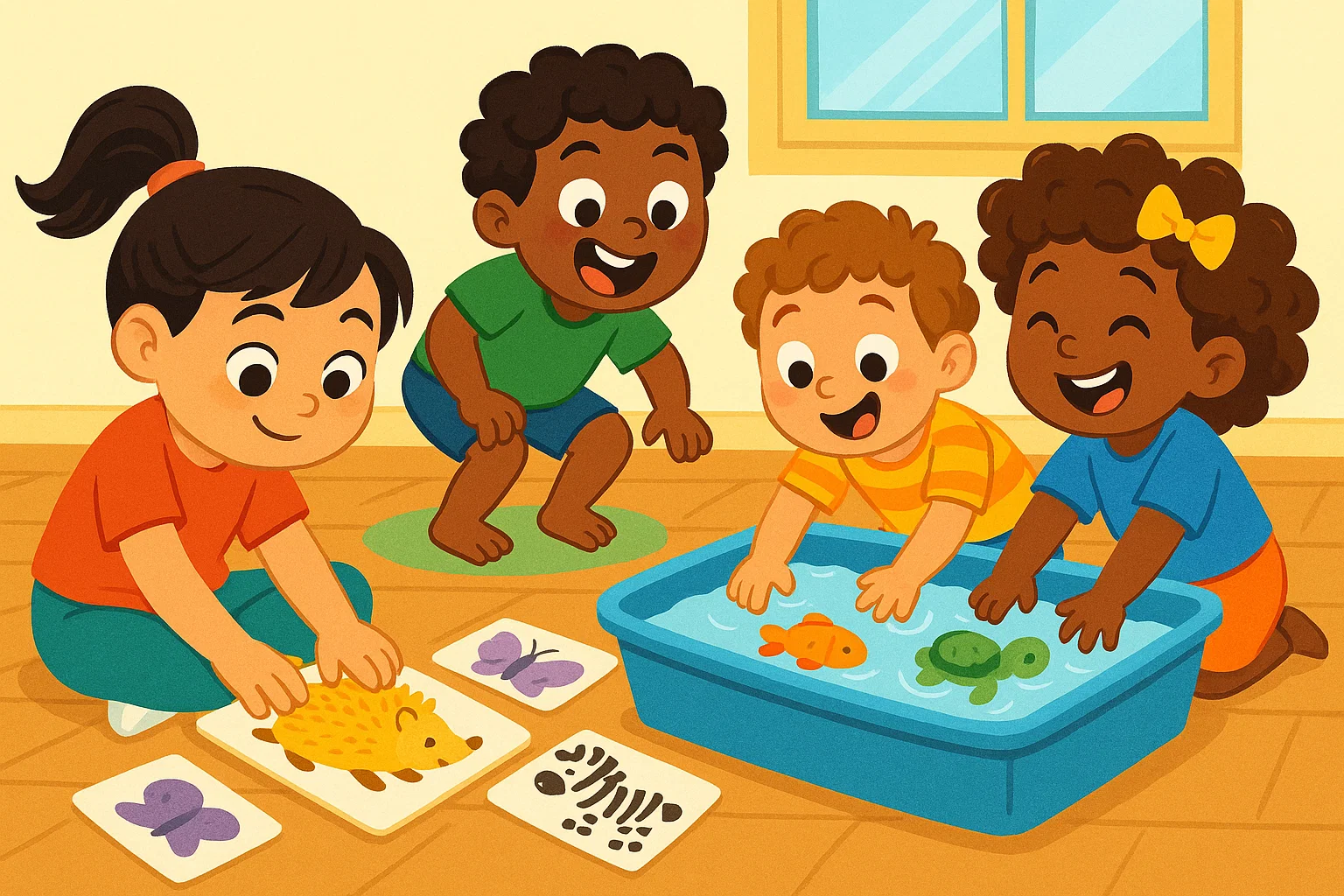
Effective teaching happens through varied, multisensory experiences. The following activities target different developmental areas while making learning feel effortless and fun.
Sensory Activities for Skill Development
Touch-and-Sound Texture Cards
Create simple cards with different textures representing creatures: fuzzy fabric for sheep, smooth plastic for fish, rough sandpaper for elephants. As your child touches each texture, make the corresponding vocalization together. This multisensory approach helps build stronger memory connections.
Sound Bag Mystery Game
Place plastic farm or zoo creatures in a bag. Let your toddler reach in without looking, feel one, and try to guess it before pulling it out. Once revealed, everyone makes the vocalization together. This activity develops:
- Tactile discrimination skills
- Language development through repetition
- Problem-solving abilities
- Fine motor coordination
Water Play with Floating Creatures
Bath time becomes a learning opportunity when you add floating toys. As each one splashes into the water, make its vocalization. The combination of water play and language practice keeps toddlers engaged while supporting phonological development in a low-pressure environment.
Gross Motor Activities for Active Toddlers
Movement and Sound Match
Call out a creature, and everyone has to move and vocalize like that creature: hop like a frog saying “ribbit,” gallop like a horse saying “neigh,” or waddle like a duck saying “quack.” This activity burns energy while reinforcing connections through physical memory.
Sound Simon Says
Play a modified version where instructions include vocalizations: “Simon says touch your toes and say moo!” This game teaches:
- Listening skills and attention
- Following multi-step directions
- Vocalization practice in context
- Body awareness and coordination
Create an Obstacle Course
Set up stations around your living space. At each station, place a picture of a different creature. As your child reaches each station, they make that vocalization before moving to the next. This transforms a physical activity into a comprehensive learning experience.
Farm and Zoo Animal Activities
DIY Farm Craft Projects
Build a simple farm scene together using construction paper, craft sticks, and pictures. As you create each creature’s home, discuss the sounds they make and practice together. Crafts provide hands-on engagement that helps many children process information more effectively.
Zoo Visit Preparation Activities
Before visiting a zoo, look at pictures of the creatures you’ll see and practice their vocalizations. During the visit, encourage your child to make the sounds when they see each one. This preparation:
- Enhances the real-world experience
- Helps connect learning to actual creatures
- Builds anticipation and excitement
- Creates meaningful memory associations
Printable Matching Sheets
Free printable resources are available on many educational websites. These worksheets typically show creatures on one side and vocalization words on the other, perfect for matching activities that develop pre-literacy skills alongside phonological awareness.
Reading as a Key Teaching Tool
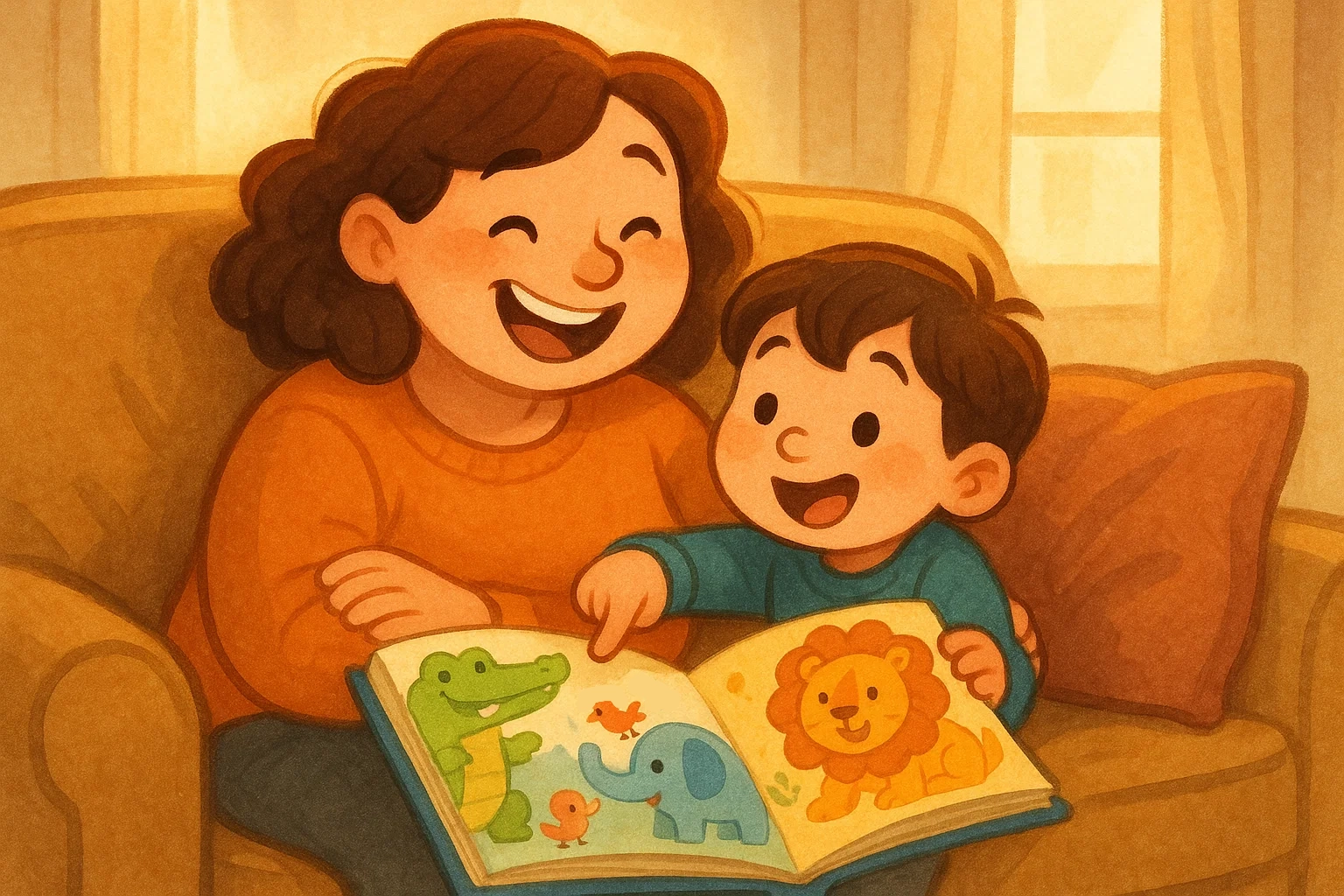
Books provide structured, repeated exposure to animal sounds while building literacy skills and fostering a love of reading—all critical components of early childhood development.
Using Picture Books to Learn Sounds
Interactive Books with Audio
Books with built-in buttons offer immediate auditory feedback that helps children connect written words with actual noises. While these are excellent tools, balance them with traditional books where you provide the vocalizations, encouraging your child’s active participation rather than passive listening.
Point-and-Sound Reading Strategy
As you read together, pause at each picture. Point to the creature, make the vocalization together, and then continue. This interactive approach transforms reading from a passive activity into an engaging language-building session that benefits:
- Auditory processing development
- Visual-verbal connections
- Memory formation and recall
- Parent-child bonding through shared experience
Best Books for Teaching Vocalizations
Look for books with clear, simple pictures and minimal text per page. Favorites among speech therapists and educators include classic titles that feature repetitive noises, giving children multiple opportunities to practice. Board books work well for younger toddlers who love to touch and explore while learning.
Story Time and Language Skills
The Read-Aloud Connection
Research posted on Wiley Online Library shows that children who are read to regularly develop stronger language skills. When you dedicate time each day to reading animal books, you’re not just teaching vocalizations—you’re building vocabulary, demonstrating sentence structure, and showing your child that books contain interesting information.
Speech development professionals note that the back-and-forth nature of interactive reading—you make a noise, your child imitates, you praise and elaborate—mirrors natural conversation patterns. This exchange teaches your little one the rhythms of communication.
Creating Your Own Stories
Encourage creativity by making up simple stories together featuring wildlife characters. “Once there was a cow who said moo very loudly!” Let your child fill in sounds as you tell the story. This activity:
- Combines imagination with language practice
- Demonstrates that stories can come from anywhere
- Encourages verbal participation and confidence
- Strengthens narrative understanding
Memory Building Through Repeated Readings
Young children benefit enormously from hearing the same books multiple times. This repetition isn’t boring to them—it’s comforting and educational. Each reading reinforces vocabulary, noises, and story structure. You’ll likely notice your toddler beginning to “read” their favorite books independently, an important pre-literacy milestone.
FAQ
Why Do Kids Enjoy Animal Sounds So Much?
There is a developmental reason toddlers are naturally drawn to animal vocalizations. Animals and sounds are the perfect way to entertain them, as these noises are inherently playful and often exaggerated, making them more memorable and engaging for young minds. The awesome feeling of making a sound that gets a reaction is a huge motivator. Children love the predictability combined with the surprise element of which simple animal comes next.
How Can I Use Creative Inspiration When Teaching Sounds?
Use creative approaches to make learning a great way to bond with your child. For instance, encourage your child to sing a simple farm song where each verse features a different animal and its sound. You can also start a collection of ideas for activities. You can both search for fact-based information about how different creatures sleep or what they eat. This provides inspiration and new example activities for play.
Where Can I Discover Fun Ideas for New Games?
To discover fun and unique example games, start a focused search for new fact-based information about wild and domestic creatures. Any new detail can be the foundation for a perfect way to play a simple animal game. Children will delight in the new experiences created by incorporating these new facts.
